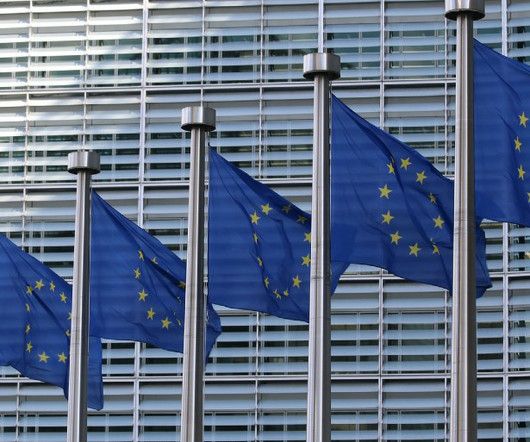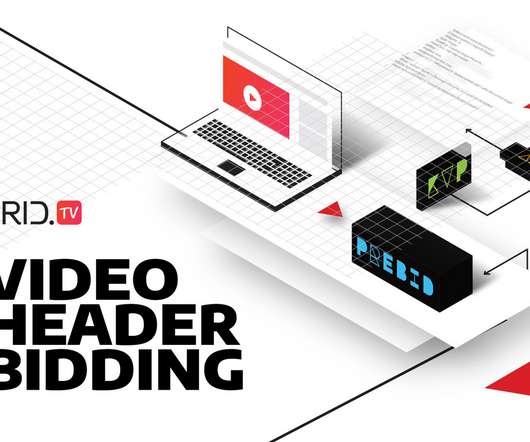Google Could be Forced to Sell Ad Tech Business in EU Investigation
VideoWeek
JUNE 14, 2023
The company sells advertising while acting as an intermediary between advertisers and publishers, which allows it to control “both sides of the ad tech market,” said Margrethe Vestager, European Commissioner for Competition. According to the Commission, Google has abused its dominant position in digital advertising since 2014.














Let's personalize your content